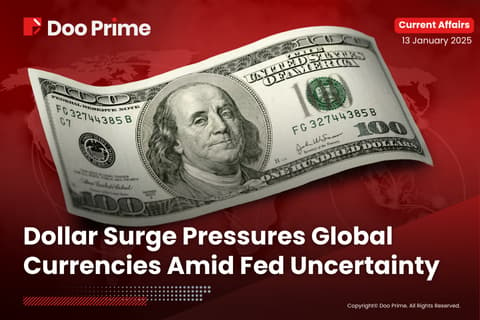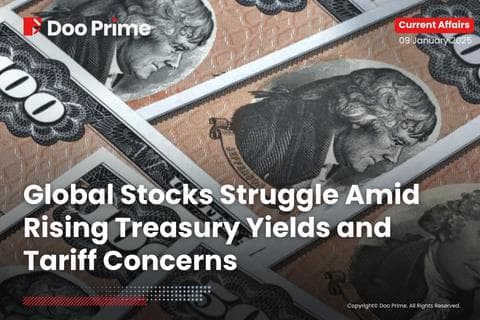WORLDWIDE: HEADLINES
Taiwan’s TSMC Raises $3.5 Bln In Bonds For New U.S. Plant

Taiwanese chip firm TSMC (2330.TW), has raised $3.5 billon in bonds for its new plant in the U.S. state of Arizona, according to a term sheet.
Taiwan Semiconductor Manufacturing Co Ltd, a major Apple Inc (AAPL.O) supplier and the world’s largest contract chip-maker, started construction last year at the Arizona site where it plans to spend $12 billion to build a computer chip factory.
Full coverage: REUTERS
China Unexpectedly Keeps Lending Benchmark Unchanged
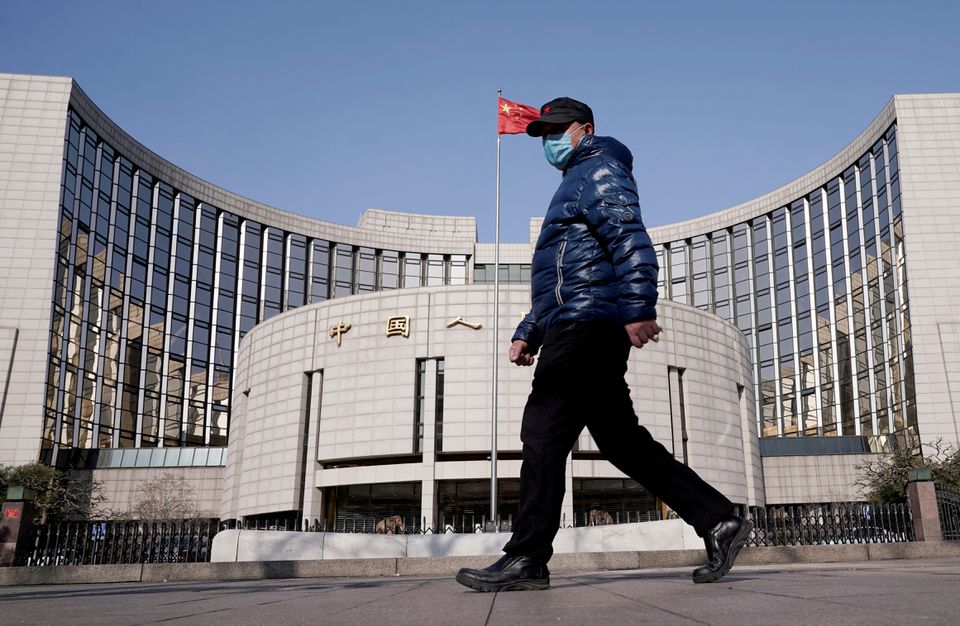
China surprisingly kept its benchmark lending rates steady on Wednesday, with markets seeing the move as Beijing’s cautious approach to rolling out more easing measures as the economy slows due to COVID-19 lockdowns.
In contrast to most major economies that have started to tighten monetary policy to combat inflation, China has stepped up easing to cushion the slowdown.
But such policy divergence with major central banks could prompt capital outflows, adding pressure on the yuan.
The one-year loan prime rate (LPR) was kept at 3.70% and the five-year LPR was unchanged at 4.60%.
Marco Sun, chief financial markets analyst at MUFG Bank, said policy divergence between China and the United States was likely to continue despite steady LPR in April as the PBOC’s policy stance appeared to be more dovish.
“Recovery from COVID is a challenging task for global policymakers,” Sun said, adding that the economic impact from the latest wave of COVID-19 infections remains uncertain.
Sun still sees a chance to lower the LPR in the second quarter of this year.
A vast majority of the 28 traders and analysts surveyed in a snap Reuters poll this week expected a reduction this month. Among them, 11, or 39% of all respondents, predicted a marginal cut of 5 basis points in both rates.
The PBOC last week lowered the amount of cash banks must set aside as reserves by a smaller-than-expected margin to provide a relatively modest cash injection.
Global investment banks including Goldman Sachs said the PBOC’s restraint may reflect concern over inflation and aggressive monetary tightening by the U.S. Federal Reserve.
Separately, some market participants pointed out that recent robust credit growth could also be part of the reason banks refrained from lowering the lending benchmark.
“The unmoved LPR suggests loan demand is now not bad in the views of banks,” said Xing Zhaopeng, senior China strategist at ANZ, said.
Full coverage: REUTERS
WORLDWIDE: FINANCE/BUSINES
Stocks Wobble As China Lockdowns Drag; Yen Wallows
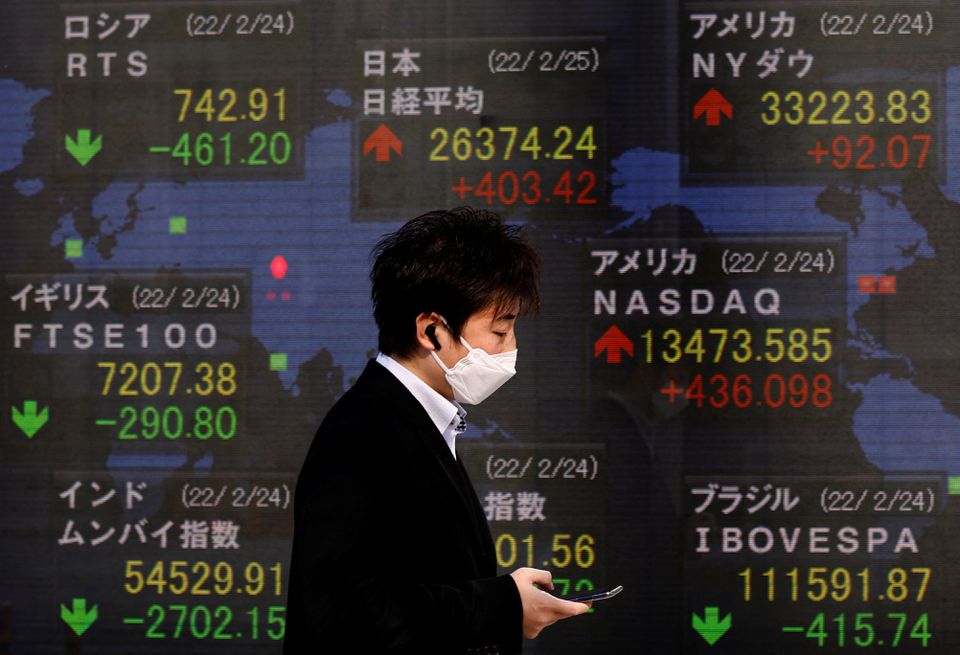
Oil and stock markets were under pressure on Wednesday on worries about the fallout from China’s pandemic lockdowns, while the yen slightly extended its record losing streak as traders put Japan’s ultra-easy monetary policy settings to the test.
The Chinese yuan hit its lowest since October after the central bank promised support for the services sector, but was volatile as China also surprised and disappointed equities investors by not cutting lending rates.
MSCI’s broadest index of Asia-Pacific shares outside Japan (.MIAPJ0000PUS) was steady as modest losses in Hong Kong (.HSI) and Shanghai (.SSEC) offset gains in Sydney. Japan’s Nikkei (.N225) trimmed early gains to stand 0.5% higher by mid morning.
S&P 500 futures fell 0.4% and Nasdaq futures dropped 0.9%.
“COVID lockdowns and shipping delays and backlogs may have heightened worries (about China’s trade surplus),” said Moh Siong Sim, a strategist at the Bank of Singapore.
At the same time inflationary pressure from the disruption and from war in Ukraine is adding to markets’ expectation of an aggressive response from U.S. monetary policymakers which is driving U.S. Treasury yields higher and the yen lower.
Benchmark 10-year Treasury yields were within a whisker of 3% on Wednesday and inflation-protected yields were in positive territory for the first time since 2020.
Minneapolis Fed President Neel Kashkari said overnight that the Federal Reserve will “have to do more” to bring inflation down if China’s lockdowns flow across supply chains.
The yen, which has tumbled at the same time as Japan – by contrast – vows to stick with ultra loose monetary policy and keep its government bond yields anchored near zero, wallowed at a two-decade low on Wednesday and fell on crosses.
At 129.43 per dollar, there were some nerves that intervention – verbal or otherwise – from Japanese authorities could drive a bounce, but most traders still seem to think that the path of least resistance is lower.
Full coverage: REUTERS
Dollar Scales Fresh Two-decade Peak To Yen, BOJ Targets Yields
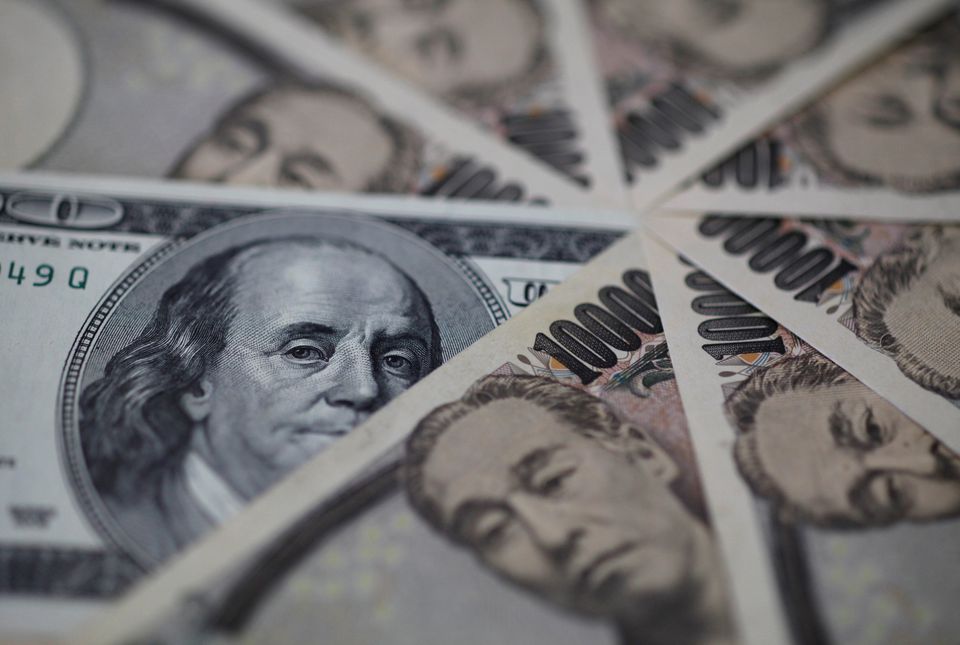
The dollar climbed to a fresh two-decade peak to the yen on Wednesday, buoyed by more Federal Reserve officials pushing for sizeable interest rate hikes, while the Bank of Japan stepped into the market again to defend its ultra-low rate policy.
The greenback reached 129.43 yen for the first time since April 2002 before last trading 0.3% higher at 129.295.
Minneapolis Fed President Neel Kashkari, among the more dovish Federal Open Market Committee members, said on Tuesday that if global supply chain disruptions persist, policymakers will need to take even more aggressive action to bring down inflation.
Earlier, Chicago Fed President Charles Evans, who is not a voter on this year’s FOMC, said he is “comfortable” with a round of rate hikes this year that includes two 50 basis-point increases, marking an about face from just a month ago.
U.S. Treasury yields pushed higher, and continued their climb in Tokyo trading, with 10-year yields touching 2.981% for the first time since December 2018.
In contrast to the Fed, the BOJ again offered to buy unlimited amounts of Japanese government bonds on Wednesday to rein in the rise in Japanese 10-year yields, which were butting against its 0.25% tolerance ceiling.
The policy divergence has led many analysts to say the yen’s rapid descent is not unjustified, even as it raises risks for currency intervention.
Japanese Finance Minister Shunichi Suzuki made the most explicit warning yet on Tuesday, saying the damage to the economy from a weakening currency at present is greater than the benefits from it.
“Amid the ongoing rise in U.S. Treasury yields, actions clearly speak louder than words,” with Suzuki’s comments “thus continuing to go unheeded,” Ray Attrill, head of foreign-exchange strategy at National Australia Bank, wrote in a client note.
“Incoming Fed speak has done nothing to detract from the ongoing bond sell-off.”
The dollar index, which measures the currency against six major peers including the yen, edged slightly higher to 101.01, staying above the 101 line and earlier matching Tuesday’s high at 101.03, a level not seen since March 2020.
Full coverage: REUTERS
Oil Prices Rise 1% After Sinking In Previous Session

Oil prices rose about 1% on Wednesday, gaining back some of their losses during the previous session on concerns about energy demand after the International Monetary Fund (IMF) cut its economic growth forecasts.
However, the demand concerns have been offset by a tighter supply outlook following sanctions on Russia, the world’s second-largest oil exporter and a key European supplier, after its invasion of Ukraine.
“Higher energy prices could trigger demand rationing,” ANZ Research said in a note. “On the other hand, Chinese COVID-zero approach and strict lockdowns are keeping demand prospects subdued.”
Brent crude futures rose 96 cents, or 0.9%, to $108.21 a barrel by 00:04 GMT.
The front-month WTI crude futures contract, which expires Wednesday, rose $1.19, or 1.2%, to $103.75 a barrel. The second-month contract gained $1.18, or 1.2%, to $103.23 a barrel.
Both benchmarks fell 5.2% in volatile trading on Tuesday.
The International Monetary Fund on Tuesday slashed its forecast for global growth by nearly a full percentage point, citing the economic impacts of Russia’s war in Ukraine, and warning that inflation was now a “clear and present danger” for many countries.
On the supply side, the Organization of the Petroleum Exporting Countries and its allies, known as OPEC+, produced 1.45 million barrels per day (bpd) below its production targets in March, as Russian output began to decline following sanctions imposed by the West, a report from the producer alliance reviewed by Reuters showed.
Russia produced about 300,000 bpd below its target in March at 10.018 million bpd, based on secondary sources, the report showed.
Other outages added to the concerns about supply. Libya’s National Oil Corporation declared force majeure at the Brega oil port on Tuesday, saying it was unable to fulfill its commitments towards the oil market.
Full coverage: REUTERS

